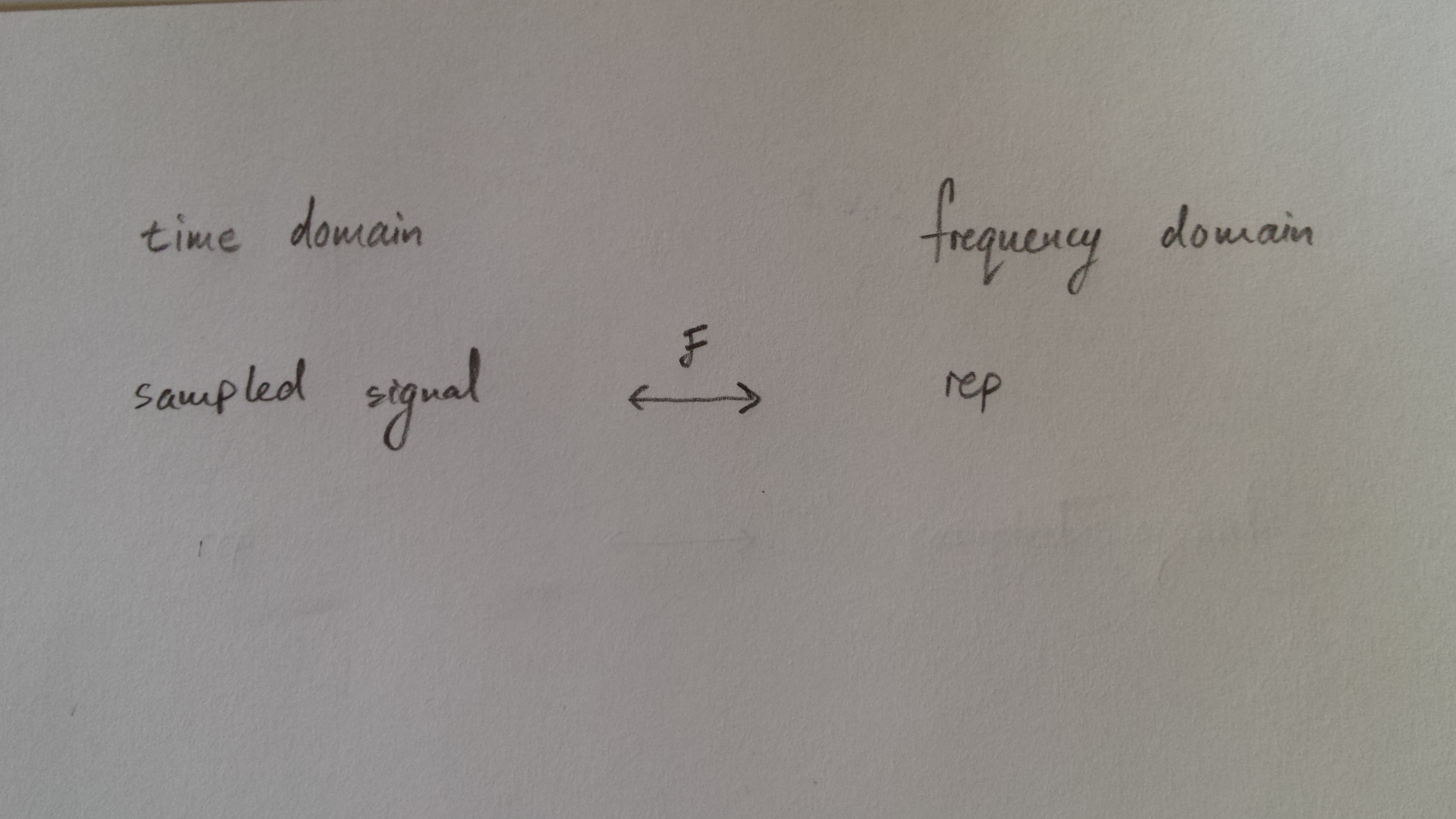| Line 31: | Line 31: | ||
*The sampling of a signal in the time domain <math> x(t) </math> is basically the repetition of the sampled signal <math> x(t) </math> or the <math> rep </math> function in the frequency domain. | *The sampling of a signal in the time domain <math> x(t) </math> is basically the repetition of the sampled signal <math> x(t) </math> or the <math> rep </math> function in the frequency domain. | ||
| − | [[Image:Slecture1. | + | [[Image:Slecture1.jpg]] |
---- | ---- | ||
Revision as of 10:30, 6 October 2014
Frequency domain view of the relationship between a signal and a sampling of that signal
A slecture by ECE student Talha Takleh Omar Takleh
Partly based on the ECE438 Fall 2014 lecture material of Prof. Mireille Boutin.
Outline
- Introduction
- Main Points
- Conclusion
Introduction
This Slecture will look into the relationship between a signal and the sampling of that signal in the view of the frequency domain. The signal that will be sampled will be in the time domain $ x(t) $ and after it was Fourier transformed, the sampled signal $ X(f) $ will be in the frequency domain. Here, we will see the relationship between this two signals and what rules need to be obeyed in order to create a good sampling signal within the frequency domain.
Main Points
- The sampling of a signal in the time domain $ x(t) $ is basically the repetition of the sampled signal $ x(t) $ or the $ rep $ function in the frequency domain.


